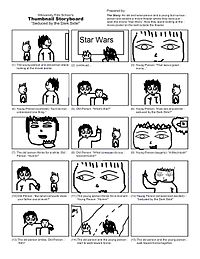Here’s a music video we’re going to complete a close analysis of, Katy Perry – Chained to the Rhythm:
You should type up that analysis and embed it into the post called Close Analysis of Music Video.
Here is a blank version of the form you can use.
To supplement this, you must do your own close analysis. Choose another video from the list suggested and use the sheet attached (make your own copy) and do your own analysis.
This work is important as it shows that you are able to deconstruct the narrative, performance, star image and generic & technical conventions of a music video. This will help inform your own production ideas and help prepare you for the exam by starting to use all the terms that you need.
Kodaline – Love Like This
Lana del Rey – Born to Die
Taylor Swift – Wildest Dreams
Christina Aguilera – Say Something
Foo Fighters – Pretender



